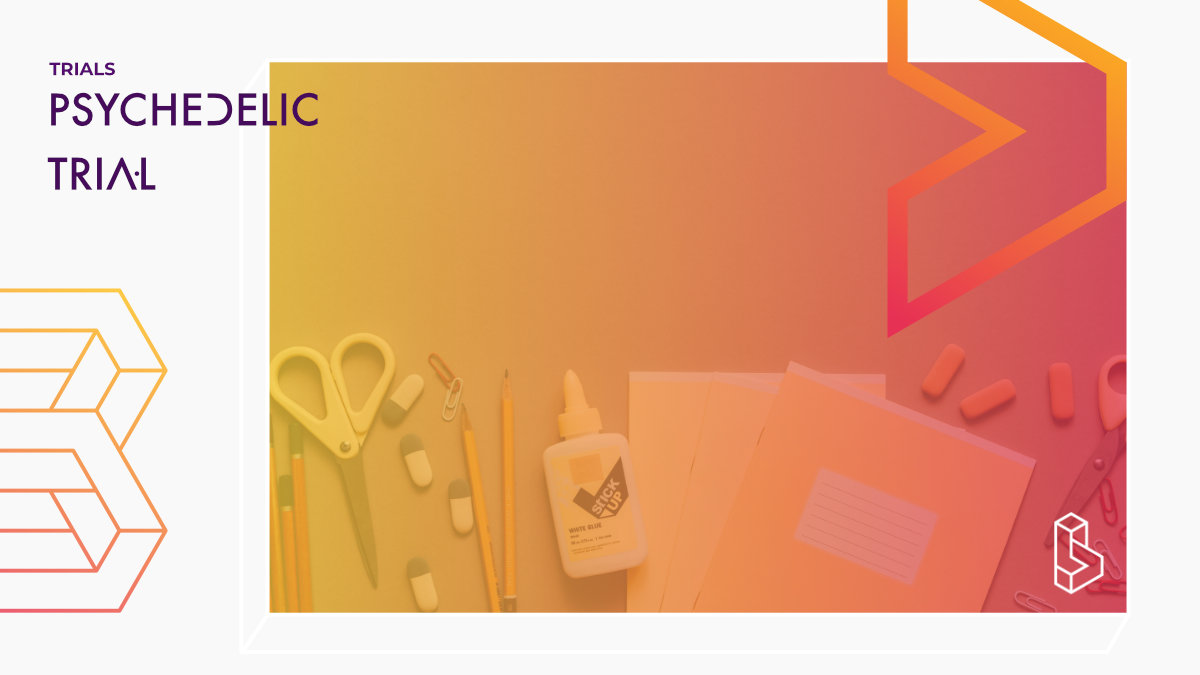The main goal is to compare the antidepressant effects of psilocybin and ketamine in patients with TRD versus the antidepressant inactive substance midazolam. The primary endpoint will be the antidepressant effect on the Montgomery- Asberg Depression Rating Scale (MADRS) 24 hours after treatment, the key secondary endpoints being the duration of antidepressant effect, the number of responses and remissions, and the time to standard antidepressant treatment during 3 months of observation.
The exploratory part of the study aims to monitor changes in the functional brain states using simultaneous EEG / fMRI, before treatment versus 1 day and 1 week after. Based on literature data and recent data from healthy volunteers who participated in a previous study with psilocybin, the investigator will correlate the antidepressant effects of drugs (using psychometric scales and reactions to emotionally salient stimuli (eye-tracker)) with entropy and functional connectivity measures. Finally, the investigator will explore the role of plasmatic neurobiological biomarkers in depression (BDNF, prolactin, ACTH and oxytocin).
Trial Details
The main aim of the study is to verify the efficacy and safety of a single dose of psilocybin 20 mg in the treatment of TRD in adults in a randomized clinical trial with active comparator ketamine 200 mg (rapid onset acting antidepressant) and negative control midazolam 5 mg (drug with no antidepressant properties). Primary objective: 1) verification of the rapid antidepressant effect of psilocybin compared to ketamine using the MADRS scale at 24 hours. Secondary objectives: 1) on days 3, 7 and 14 and 3, 4, 5, 6, 8 and 12 weeks after application of the substances, evaluate / compare: a) the duration of effects of both substances using the MADRS scale b) antidepressant effects according to the subjective evaluation of patients - QIDS scale. c) response rate (50% reduction on the MADRS scale) and remission (MADRS ? 10). 2) time to return of depressive symptoms defined according to the criteria for the use of antidepressants within 12 weeks 3) safety profile of study medication Exploratory objectives: 1) Evaluate the antidepressant effect depending on: a) the intensity of acute psychological effects assessed using the subjective scale of 5D-ASCs and the objective scale of BPRS, b) depending on the retrospective assessment of persistent effects using the Persisting effects scale, c) the degree of eye contact with negative and neutral emotion faces measured by eye-tracking before and after treatment (on days 1 and 7). 2) To evaluate the neurobiology of the antidepressant effect in relation to: a) plasma levels of the major metabolite of psilocin, markers of neuroplasticity, antidepressant effect and stress (BDNF, prolactin, oxytocin, ACTH) at 90 min, 3, and 6 h after administration of study medication compared to pre-administration levels, b) changes in resting-state brain activity (connectivity, entropy) measured by simultaneous EEG / fMRI functional imaging methods before and after 1 and 7 days after treatment.NCT Number NCT05383313
Sponsors & Collaborators
National Institute of Mental HealthThis company doesn't have a full profile yet, it is linked to a clinical trial.
Measures Used
Montgomery-Asberg Depression Rating ScaleA ten-item diagnostic questionnaire used to measure the severity of depressive symptoms in patients with mood disorders.

